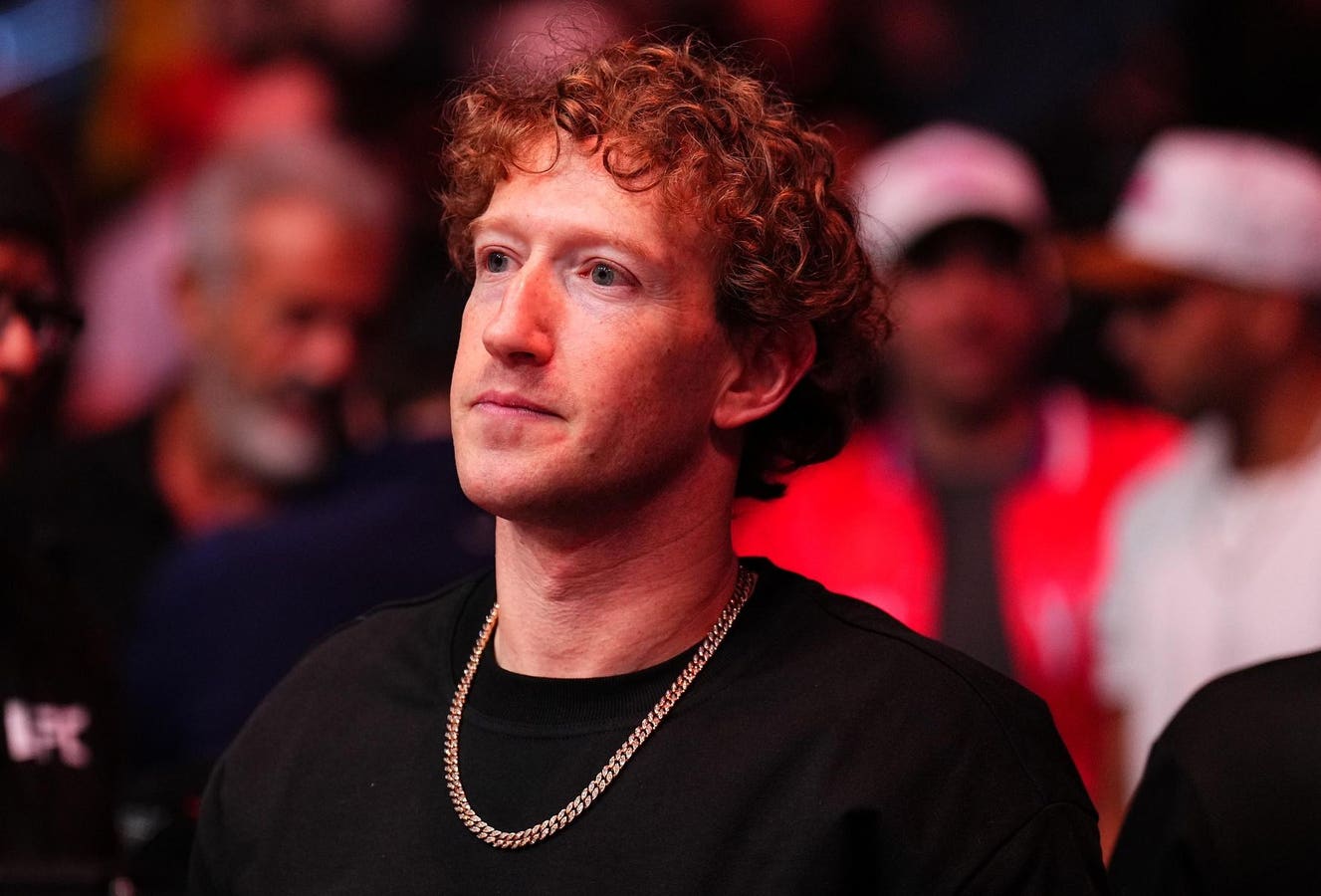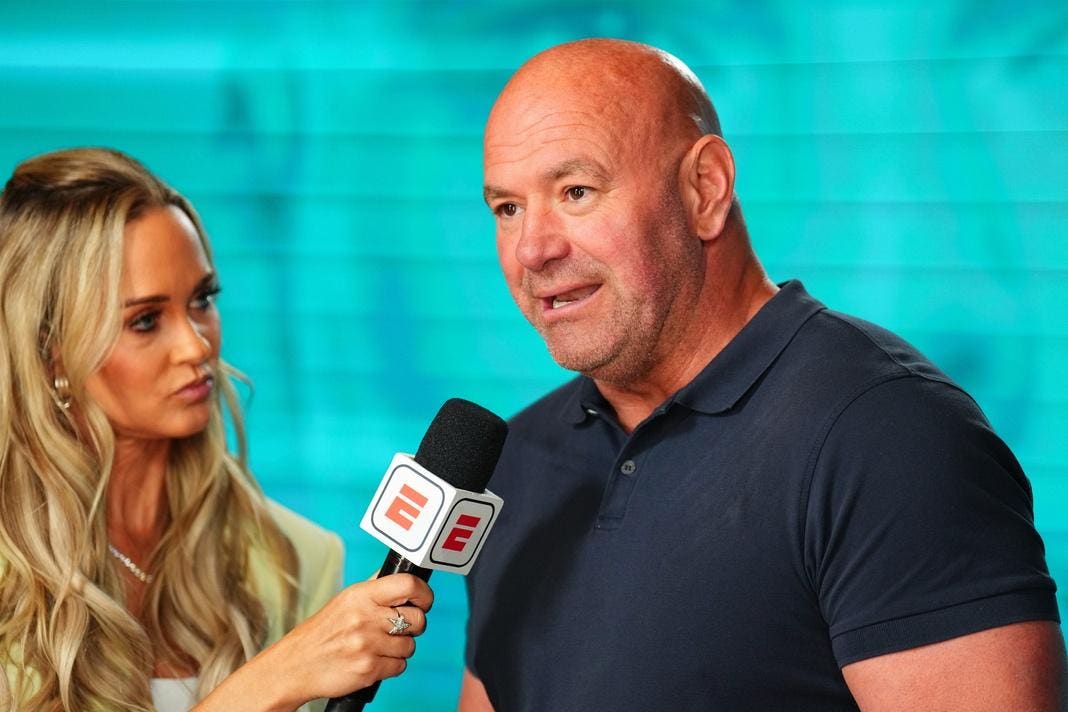Perpetual usage rights have become one of the most polarizing clauses in modern brand-creator … More
Perpetual usage rights have become one of the most polarizing clauses in modern brand-creator contracts. For many content creators, these clauses spark immediate hesitation, even when attached to “dream brand” partnerships. At a time when creators are being more intentional about how their work and likeness are used, perpetual usage is often a hard “no” for many. But brands, especially those managing long-term campaigns and large creative investments, continue to push for these rights.
Creators want to maintain control over their image and future partnerships, while brands want to ensure longevity and security in the content they invest in. This tension has led to more creators walking away from potential collaborations even when the brand is a perfect fit in every other way. Sadly, this is leading to more and more creators turning down partnerships while brands offer them to other creators who may not be as well-informed about topics like perpetual usage rights. As influencer marketing matures, the industry is hitting a wall. In more negotiations, perpetual usage rights are no longer accepted without thorough back-and-forth.
Why Creators Are Saying “No” To Perpetual Usage Rights
For creators, there are several reasons why perpetual usage rights are seen as a hard no. First, perpetual use can restrict future brand deals, especially with competing companies in large brand categories such as clothing, beauty, home decor, etc. If, for example, a creator had a partnership including perpetual usage rights with a company like Maybelline, it may be difficult for them to be seen as “open to work” from competing brands like Covergirl. Therefore, the creator may ultimately miss out on opportunities (and, in turn, income).
Second, creators are increasingly aware of the ethical implications of associating with a brand indefinitely, especially if their values change over time. “My biggest fear with perpetual usage is if my stance on a brand or product changes,” says Emily LeJeune (@all_of_emily), an Instagram creator. “As creators, we are also learning and growing… so perpetual is a hard no for me.” Considering the changes in the world’s climate over the last 5 years, many brands are revealing their true colors, and that may or may not be something a creator wants to be associated with perpetually.
Third, there’s the cost issue: pricing perpetual usage reasonably is nearly impossible. Because brands could potentially profit from the content for years (or decades), licensing should reflect that — often 3x to 5x the standard rate. However, most brands are unwilling to pay that premium, which leaves creators undervalued and legally bound to work that continues to generate brand ROI long after payment has cleared. As Instagram creator Harleny Vasquez (@yourevolvedmind) puts it: “My biggest fear? That my content will be used everywhere and I won’t be compensated fairly.”
From the brand side, the logic is practical: long-term access to content provides security and flexibility. According to Faiq Shah, Marketing Manager at Blinked Media, “We require perpetual rights for core brand assets… but offer tiered licensing for secondary content.” In this structure, perpetual rights are always paid at 2-3x standard rates and are clearly capped to specific formats or timelines. Brands want to protect their campaigns, ensure consistency across media, and avoid tracking down licenses every few months. For many, it’s not about ownership — it’s about operational efficiency.
Ashley O’Neal, Founder at Summerside Creative Inc., adds that the demand is particularly common in hospitality. “We work exclusively with hotels, and we require perpetual use of all content that we do — even in exchange for hotel stays and food and beverage credits.” For brands with high content turnover and limited budgets, perpetual usage provides a way to build a content library without the need for constant renegotiation.
Bottom Line
So where do we go from here? The future of creator-brand partnerships likely depends on compromise. Perpetual usage rights aren’t going away, but they shouldn’t be accepted without nuance. Instead, creators and brands can find a middle ground through time-bound licensing, tiered usage structures, and clear limitations on media formats and distribution.
Creators like Ashton McGrady (@radiantlygolden) believe that respectful negotiation is the key to sustainable partnerships. “Pushing back (kindly and professionally) has actually helped me build trust and set expectations early… If a brand insists on perpetuity without flexibility or fair pay, it’s often a red flag.” At the end of the day, both sides want impactful content — but the terms should reflect the value and vulnerability creators bring to the table. A win-win is possible, but it starts with a conversation with flexibility on both sides.








